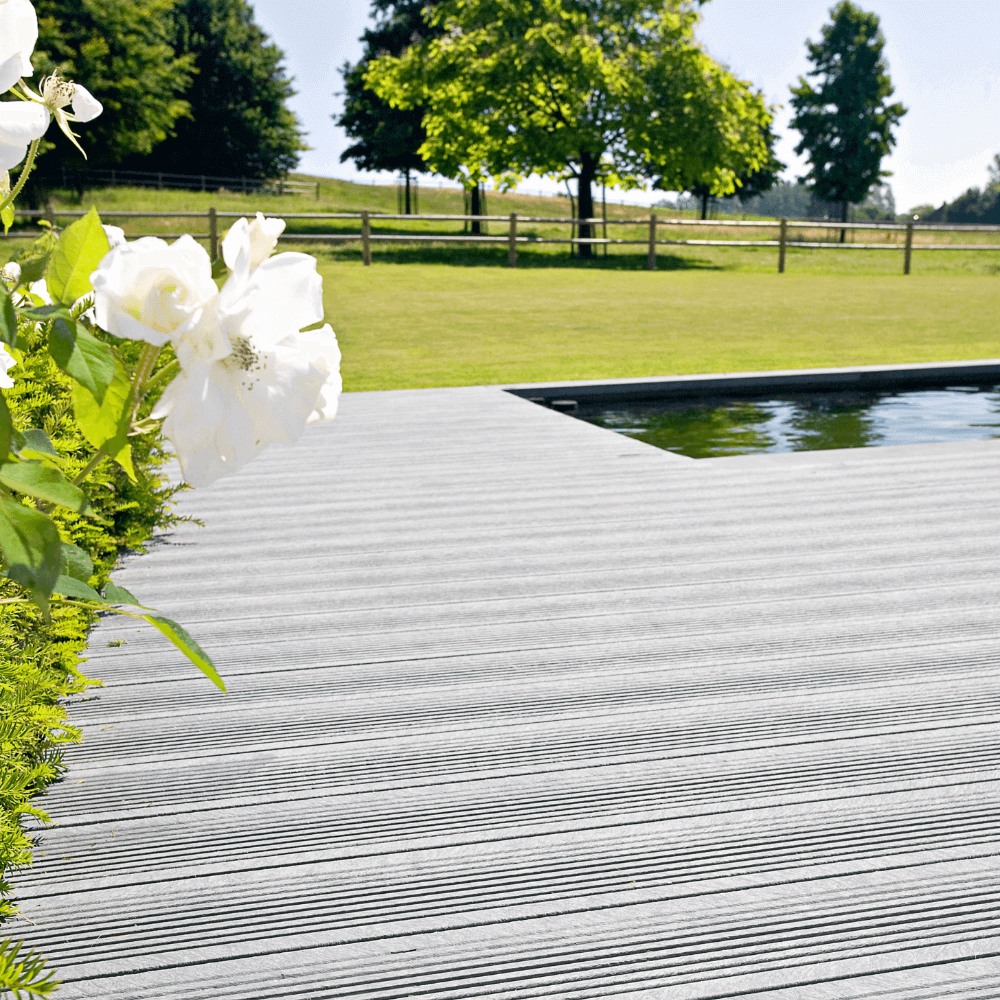During September, one begins to be able to sense the end of the growing season. The falling temperature and amount of light leads to the growth of the plants becoming slower and slower, and it is no longer possible to see something new that can develop into a reasonable harvest size before the kitchen garden closes and shuts down for the winter. But it does not necessarily have to be completely closed: hopefully here in September there are gradually well-developed crops in the beds such as leeks, parsnips and maybe rose or kale that can stand outside all winter - and at the same time September can easily be the start of next year's cultivation . If you want to be able to supply yourself with fresh vegetables for as large a part of the year as possible, you can achieve an earlier harvest in the following spring by sowing various overwintering crops at the beginning of September.
Lettuce can actually withstand a lot of frost as long as the plants are small enough, whereas you will find that fully developed lettuce plants almost always succumb during a winter. Therefore, the beginning of September is the ideal time to sow lettuce for winter. When planted during October, the small plants have a suitable size of about 10 cm in height, after which the growth goes dormant until the spring heat sometime in March sets them in motion again. Of course, it is best if the lettuce can overwinter in a greenhouse or manure bench, but often an overwinter in the open air succeeds almost as well - especially if the plants in the coldest periods are covered with snow. No matter if the plants are indoors or outdoors, it will usually improve their chances of survival if they are covered with a few layers of non-woven fabric as soon as it is frosty weather.
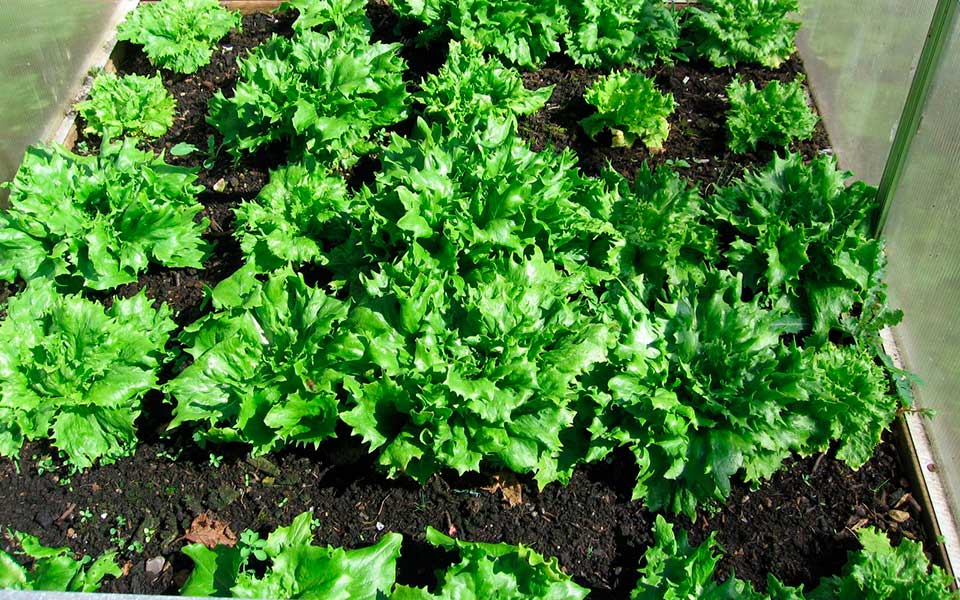
Of course, not all varieties of lettuce are suitable for wintering. Some of the ones that perform best are Arctic King, Winter Gem, Rougette du Midi and May King. At the same time, it can be a good idea to look at its lettuce plants during the winter and remove any frost-damaged outer leaves - when lettuce plants die of cold, it is the oldest leaves that die first.
Spinach is even easier to overwinter than lettuce. The plants can often survive even the harshest winters both as covered and as completely unprotected in the open. Like lettuce, spinach can be pre-cultivated in early September and planted a month later at a distance of 15 × 15 cm. You can also choose to sow directly in the beds, but here the still active snails can be something of a problem, as the small spinach sprouts to the taste of the snails will be some of the most delicious found in miles around at this time.
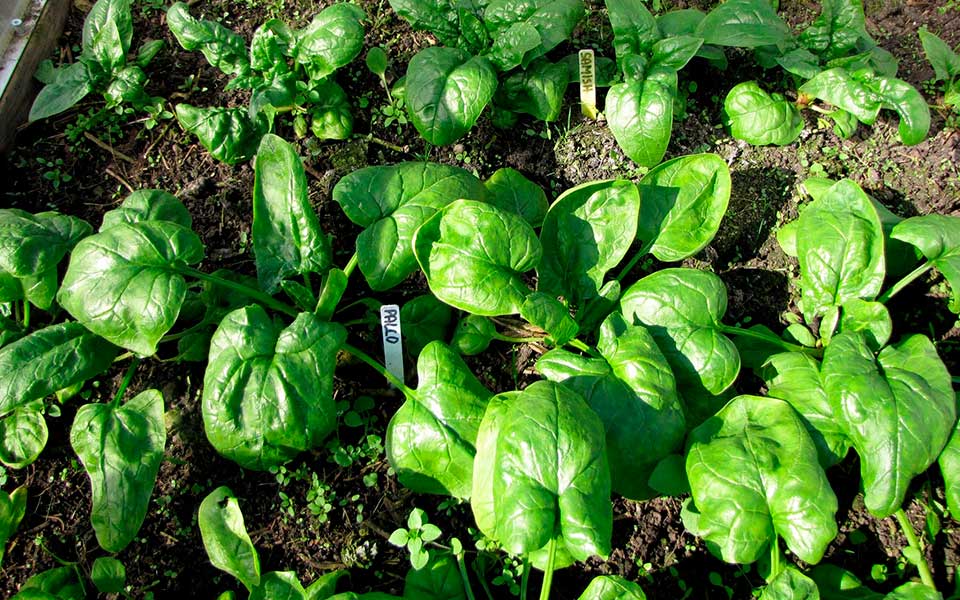
When the sun starts to gain some power in early March, you can cover the spinach bed with plastic or non-woven fabric to speed up development. With a plastic-covered bed, however, you have to keep a little eye out that it does not get too hot and that the plants do not lack water - in which case you can risk them blooming instead. You will often be able to harvest the first handfuls of "baby spinach" at the end of the month, and a few weeks later there may be large enough leaves for a serious stowage.
Most spinach varieties for spring cultivation will most often be able to overwinter - some good varieties are Dominant and Tetona.
For many, the early spring spit dish is a treasured delicacy at a time when there is not much other solid peasant diet to pick up in the kitchen garden. The English with their somewhat milder winters have done so for generations, and with a little protection it can also easily be done under Danish conditions.
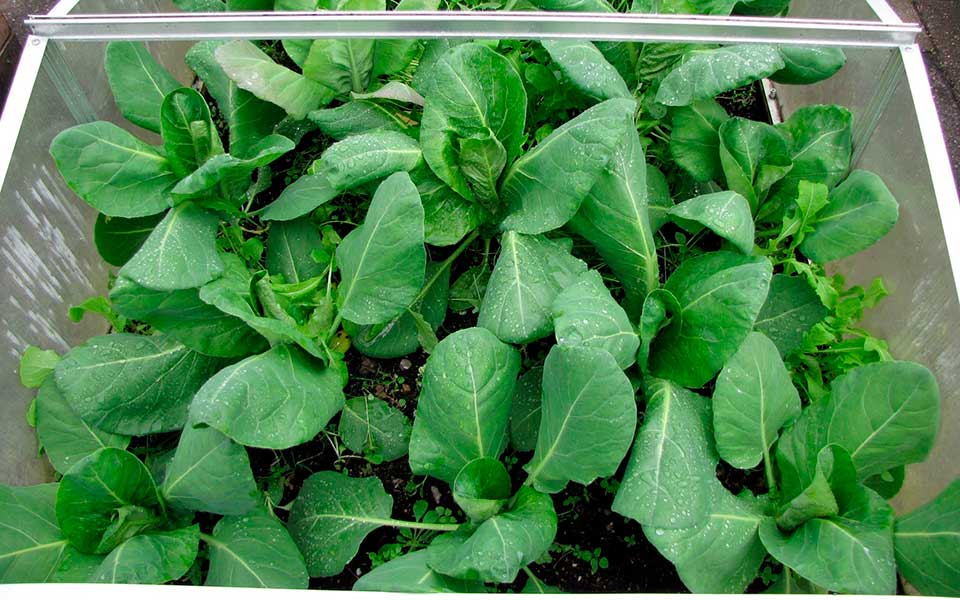
Suitable varieties for overwintering are Erstling and Hispi, which can be pre-cultivated from mid-August to around 15 September. Then you can choose to either plant at the place of stay in late October, or (which is often safer) let the plants spend the winter buried in a manure bench or greenhouse in small 8-10 cm pots and only plant them in March with 35-40 cm between the plants.
Outdoors, the small plants can be covered with a layer of non-woven fabric - both to promote growth and to protect against the ubiquitous pigeons. Once the plants have grown, the non-woven fabric can be removed - the pigeons are not nearly as attracted to large cabbages, and the cabbage butterflies fortunately do not fly at this time. The cabbages are cared for with irrigation if the spring is dry, and if all goes well, the first heads will be able to be harvested in late May. On top of that, you can harvest twice on the same plant: when you cut the first head, you leave the lower 3-4 large leaves. A few weeks later, several new shoots begin to shoot from the stick, where you keep one and remove the others - and before you know it, you have a new head! Good enough smaller than the first, but no less crispy and delicious.








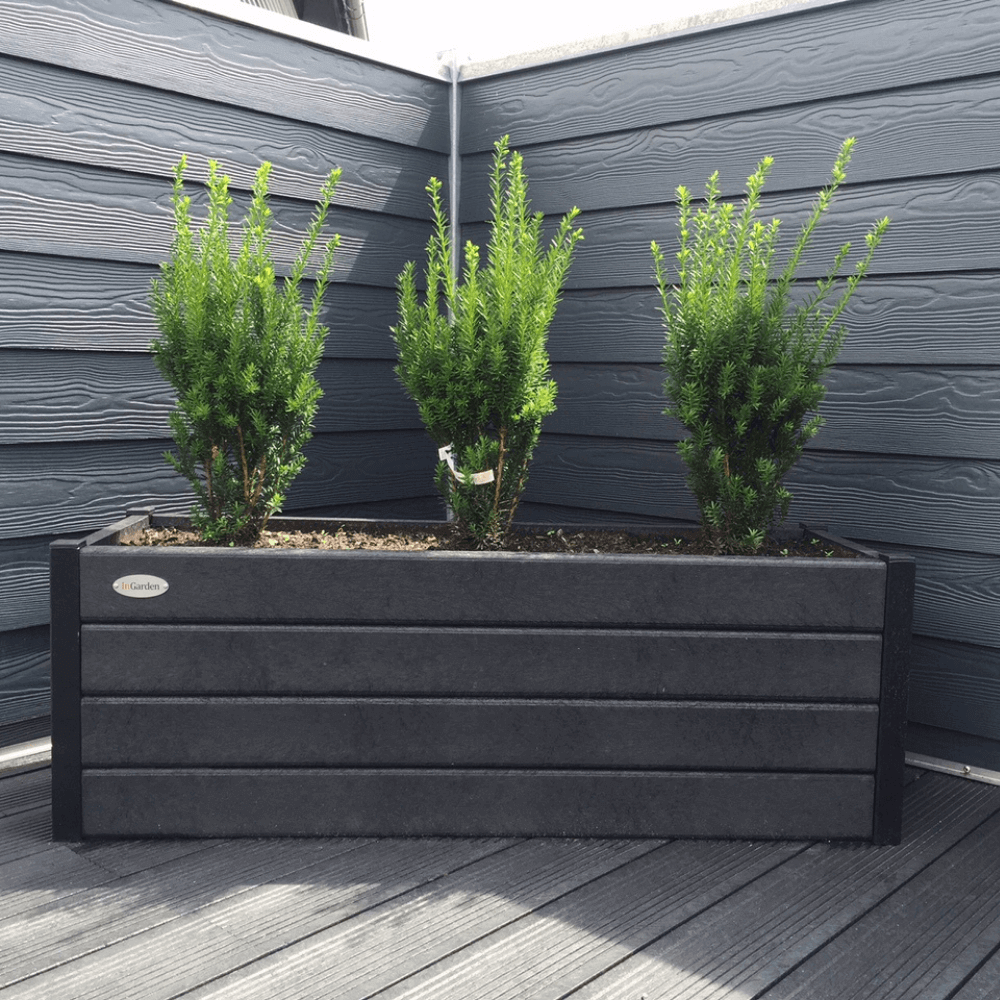
-1.backdrop.png)
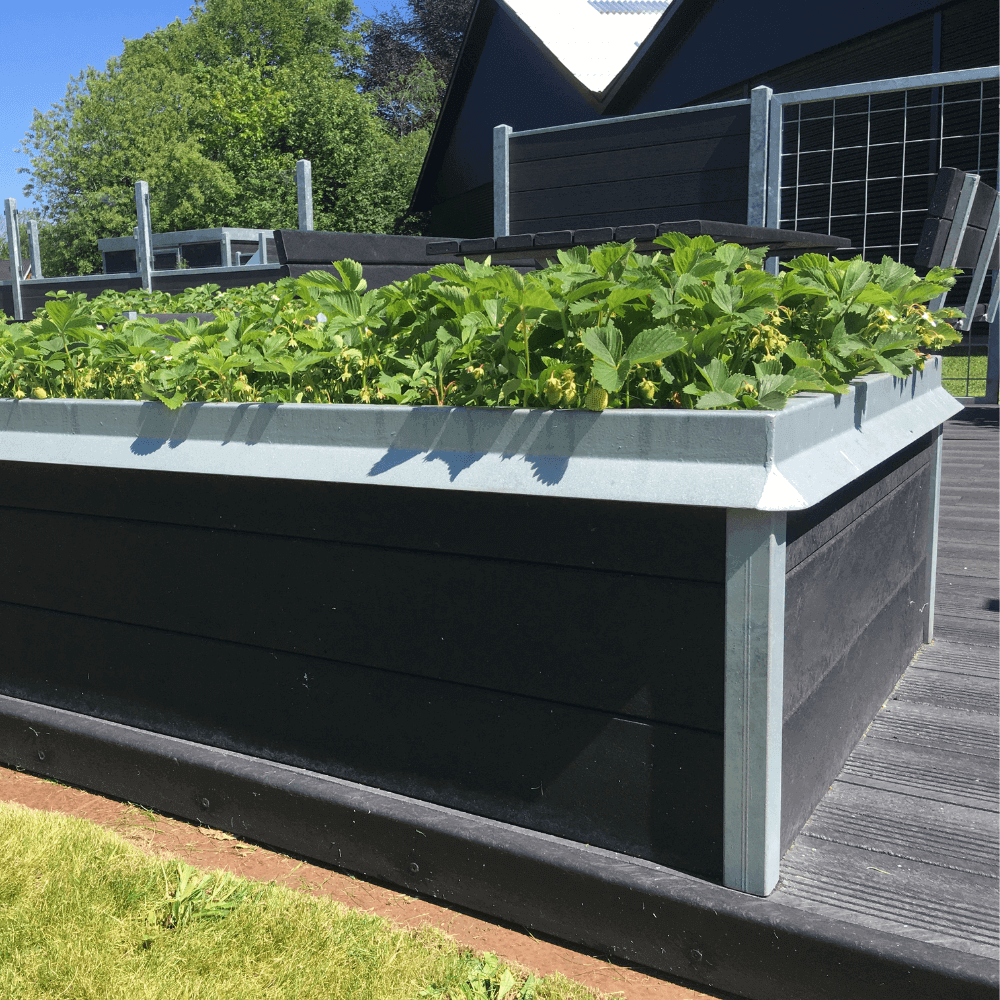
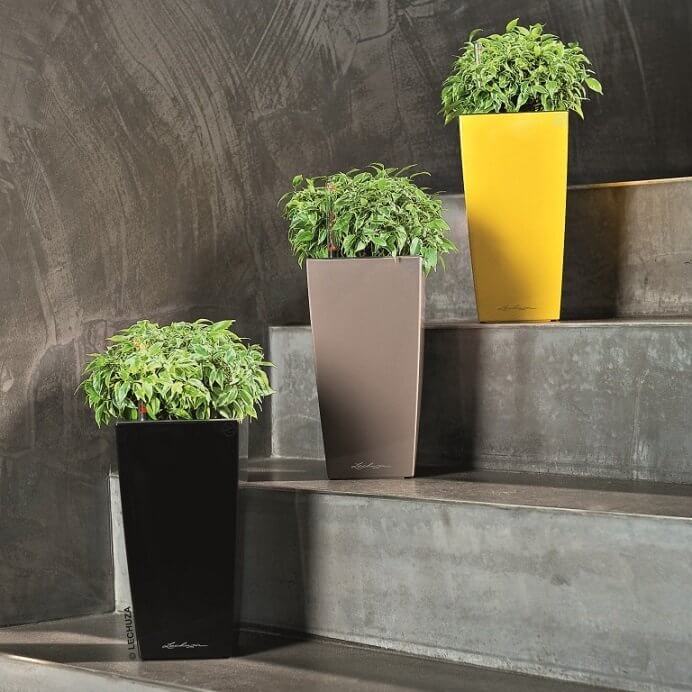
-1.backdrop.png)
